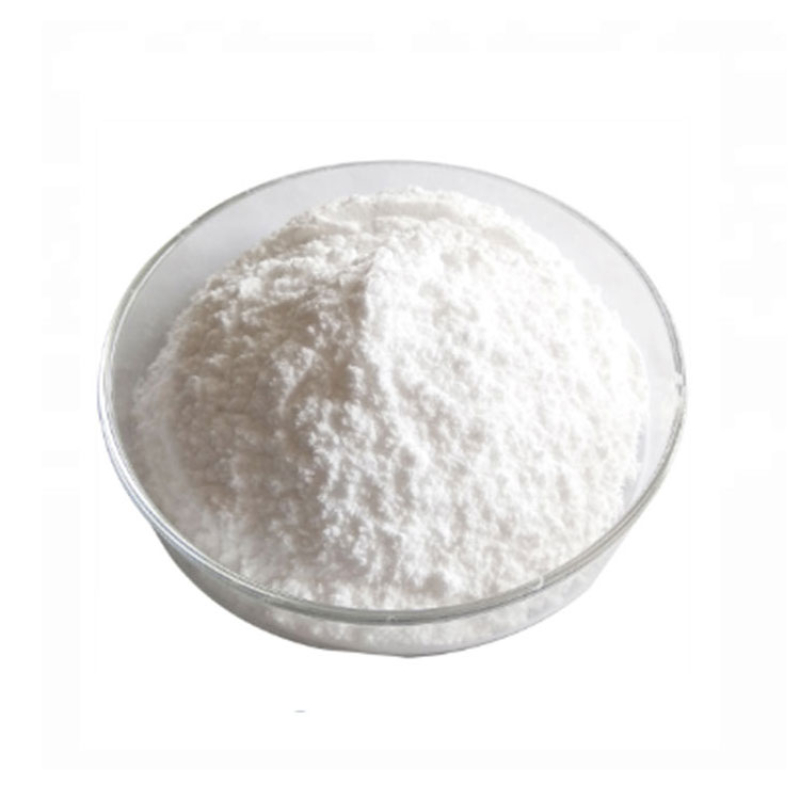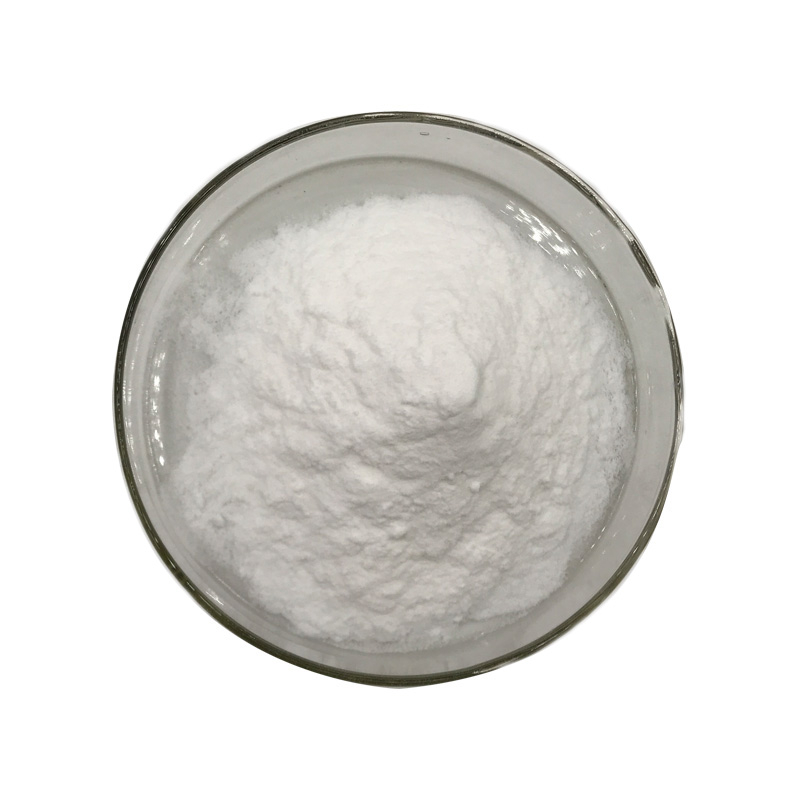Cyclohexanol CAS#108-93-0Cyclohexanol is a clear, colorless to light yellow, viscous, hygroscopic liquid with a camphor-like odor. A detection smell threshold awareness of sixty four μg/m3 (155 ppbv) was once said through Punter (1983). It has a pretty excessive flash factor and boiling range. A solvent for cellulose ethers, ester gum,shellac, low viscosity silicones and polyvinyl chloride. lt has a pretty confined use in display screen inks.
Contact Now
Cyclohexanol, 4,4-(1-methylethylidene)bis-, polymer with (chloromethyl)oxirane CAS#30583-72-3Hydrogenated bisphenol A epoxy resin is mainly used in insulating materials.Cyclohexanol, 4,4-(1-methylethylidene)bis-, polymer with (chloromethyl)oxirane Chemical Propertiesdensity 1.135[at 20℃]vapor pressure 0.002Pa at 20℃Water Solubility 58.6mg/L at 30℃InChIInChI=1S/C15H28O2.C3H5ClO/c1-15(2,11-3-7-13(16)8-4-11)12-5-9-14(17)10-6-12;4-1-3-2-5-3/h11-14,16-17H,3-10H2,1-2H3;3H,1-2H2InChIKeyCSSRVVKVKAJYLJ-UHFFFAOYSA-NSMILESC(C1CCC(O)CC1)(C1CCC(O)CC1)(C)C.C(C1OC1)ClLogP3.84 at 20℃EPA Substan
Contact Now
Products Description of Inositol CAS#87-89-8Myo-inositol, also known as cyclohexanol, hexahydroxycyclohexane, cyclohexitol, myo-inositol, and inositol, is one of the B vitamins. There are 9 isomers due to the different orientations of the hydroxyl groups relative to the ring plane. body, 7 of which are non-optically active and 2 are optically active (left-handed and right-handed).In the natural chemical world, it exists in all biological tissues in free or combined form. It is a common component in animal and plant cells.
Contact Now
Products Description of 3,4-Dimethoxythiophene CAS#51792-34-83,4-Dimethoxythiophene is an organic compound with the molecular formula C6H8O2S.3,4-Dimethoxythiophene Chemical PropertiesBoiling point 100-102 °C/10-11 mmHgdensity 1.209 g/mL at 25 °Crefractive index 1.5409Fp 224 ºFstorage temp. -20°Cform powder to lump to clear liquidcolor White or Colorless to YellowWater Solubility Miscible with organic solvents.
Contact Now
Products Description of Sodium hydrosulfideCAS#16721-80-5Sodium hydrosulfide is used in the dye industry to synthesize organic intermediates and as an auxiliary agent for preparing sulfur dyes, in the leather industry to dehair and tan leather, in the fertilizer industry to remove monomer sulfur in activated carbon desulfurizers, in the mining industry to be used in large quantities for copper ore dressing, in the production of artificial fibers for sulfite dyeing, etc.
Contact Now
Products Description of Myristoyl chloride CAS#112-64-1Prepared by the reaction of myristic acid and phosphorus trichlorideMyristoyl chloride Chemical PropertiesMelting point -1 °C (lit.)Boiling point 250 °C/100 mmHg (lit.)density 0.908 g/mL at 25 °C (lit.)refractive index n20/D 1.449(lit.)Fp >230 °Fstorage temp. −20°Cform Liquidcolor Clear colorless to light yellow-brownWater Solubility MAY DECOMPOSEBRN 636924InChIKeyLPWCRLGKYWVLHQ-UHFFFAOYSA-NCAS DataBase Reference112-64-1(CAS DataBase Reference)NIST Chemistry ReferenceMyris
Contact Now
Products Description of Diethyl Sebacate CAS#110-40-7Colorless to slightly yellow liquid with aroma of wine, fruit and melon. Boiling point is 302~C, melting point is 1~3℃.
Contact Now
Products Description of Ethyl butylacetylaminopropionate CAS#52304-36-6Mosquito repellent, also known as ethyl butyl acetylaminopropionate, BAAPE, IR3535, and Imonin, is a plasticizer and a broad-spectrum, highly effective, low-toxic insect repellent.Ethyl butylacetylaminopropionate Chemical PropertiesMelting point <-20°Boiling point bp0.2 108-110°; bp0.5 126-127°density 0.987±0.06 g/cm3(Predicted)refractive index nD20 1.452-1.455Fp 318°F (159°C)storage temp. Sealed in dry,Room Temperaturesolubility Acetonitrile (Slightly), Chloroform (Slightly), Ethy
Contact Now
Products Description of (2S)-1-(Chloroacetyl)-2-pyrrolidinecarbonitrile CAS#207557-35-5 (2S)-N-Chloroacetyl-2-cyanopyrrole is a key intermediate of the dipeptidyl peptidase IV inhibitor vildagliptin (V305000)(2S)-1-(Chloroacetyl)-2-pyrrolidinecarbonitrile Chemical PropertiesMelting point 52-53 °CBoiling point 363.1±37.0 °C(Predicted)density 1.27±0.1 g/cm3(Predicted)storage temp. under inert gas (nitrogen or Argon) at 2-8°Csolubility Chloroform (Slightly), DMSO (Slightly), Methanol (Slightly)form Solidpka-4.65±0.40(Predicted)color Pale Yellow to Ligh
Contact Now
Products Description of Ethylenediaminetetraacetic acid tetrasodium salt trihydrate CAS#67401-50-7Tetrasodium EDTA is a white powder that can be used as a hard water softener, a multivalent chelating agent, a fixing solution for bleaching in color photosensitive materials, and an activator for styrene-butadiene rubber.Ethylenediaminetetraacetic acid tetrasodium salt trihydrate Chemical PropertiesMelting point >300° Cstorage temp. Store at room temperaturesolubility Soluble in water.form powdercolor WhitePH10.0 to 12.0(5 g/L, 25 deg-C)CAS DataBase Reference67401
Contact Now
Products Description of Benzyltriethylammonium chloride CAS#56-37-1Benzyltriethylammonium chloride is a quaternary ammonium salt, also known as quaternary ammonium salt, which has similar properties to inorganic salts, is easily soluble in water, and its aqueous solution can conduct electricity.
Contact Now
Products Description of Chlorpropham CAS#101-21-3Chlorofen, also known as clopfen, is an organic compound with the chemical formula C10H12ClNO2. It is a light brown crystalline powder and is insoluble in water. It is a plant growth regulator and herbicide that can effectively control wheat, corn, and alfalfa.
Contact Now
Products Description of 1-Bromo-3,5-dimethoxybenzene CAS#20469-65-21-Bromo-3,5-dimethoxybenzene is an organic intermediate that can be prepared from 3,5-dimethoxyaniline by diazotization.
Contact Now
2-Bromo-6-methoxypyridine Chemical PropertiesBoiling point 206 °C (lit.)density 1.53 g/mL at 25 °C (lit.)refractive index n20/D 1.559(lit.)Fp 220 °Fstorage temp. Inert atmosphere,Room Temperaturepka-1.04±0.10(Predicted)form Liquidcolor Clear colorless to goldenInChIInChI=1S/C6H6BrNO/c1-9-6-4-2-3-5(7)8-6/h2-4H,1H3InChIKeyKMODISUYWZPVGV-UHFFFAOYSA-NSMILESC1(Br)=NC(OC)=CC=C1CAS DataBase Reference40473-07-2(CAS DataBase Reference)Safety InformationHazard Codes Xi,T,XnRisk Statements 36/37/38-20/21/22Safety Statements 26-36WGK Germany
Contact Now
Products Description of Monoethanolamine CAS#141-43-52-Hydroxyethylamine, also known as ethanolamine, is an organic compound with the chemical formula C2H7NO.Monoethanolamine Chemical PropertiesMelting point 10-11 °C(lit.)Boiling point 170 °C(lit.)density 1.012 g/mL at 25 °C(lit.)vapor density 2.1 (vs air)vapor pressure 0.2 mm Hg ( 20 °C)refractive index n20/D 1.454(lit.)Fp 200 °Fstorage temp. Store at +15°C to +25°C.solubility Soluble in benzene, ether, carbon tetrachloride.pka9.5(at 25℃)form Liquidcolor
Contact Now
Products Description of Glucosamine sulfate CAS#14999-43-0D-glucosamine sulfate was first included in the 27th edition of the United States Pharmacopoeia and is a drug for the treatment of arthritis. Arthritis has become the world's number one disabling disease. With the intensification of arthritis pain and the obstruction of activity, it will lead to temporary or permanent loss of ability to work. It brings significant losses to society and the economy. D-glucosamine sulfate is the main matrix of joint cartilage and synovial fluid because of its high activity and easy absorption.
Contact Now
Products Description of Benzyltributylammonium bromide CAS#25316-59-0Benzyl tributylammonium bromide is an organic substance with the chemical formula C19H34BrN, a white powder.
Contact Now
Dodecyltrimethylammonium Bromide Chemical PropertiesMelting point 246 °C (dec.)(lit.)density 1.1566 (rough estimate)vapor pressure 0Pa at 20℃refractive index 1.5260 (estimate)Fp 246°Cstorage temp. Store below +30°C.solubility H2O: 0.1 M at 20 °C, clear, colorlessform Powdercolor White to slightly yellowWater Solubility solubleSensitive Hygroscopicλmaxλ: 240 nm Amax: ≤0.2λ: 250 nm Amax: ≤0.03λ: 260 nm Amax: ≤0.02λ: 500 nm Amax: ≤0.02BRN 3597463InChIKeyXJWSAJYUBXQQDR-UHFFFAOYSA-MCAS DataBase Reference1119-94-4(
Contact Now
Products Description of 2,4,5-Trichloropyrimidine CAS#5750-76-52,4,5-Trichloropyrimidine is a new type of reactive dye intermediate raw material and a synthetic raw material for new antibacterial and anti-inflammatory chemical drugs. With the continuous increase in sales of new reactive dyes and new antibacterial and anti-inflammatory drugs, the demand for the raw material 2,4,5-Trichloropyrimidine required for its synthesis is also growing. Therefore, it is particularly urgent to study its synthesis and develop a green new process suitable for industrial mass production.
Contact Now
Products Description of Ammonium dihydrogen phosphate CAS#7722-76-1Diammonium phosphate is a highly effective fertilizer widely used in vegetables, fruits, rice and wheat.Ammonium dihydrogen phosphate Chemical PropertiesMelting point 190 °C (dec.) (lit.)Boiling point 87.4 °Cdensity 1.02 g/mL at 20 °Cvapor pressure 0.066 hPa (125 °C)RTECS TC6587000storage temp. Inert atmosphere,Room Temperaturesolubility H2O: 0.1 M at 20 °C, clear, colorlessform SolidSpecific Gravity1.803color White or colorlessPH Range3.8 - 4.4PH3.
Contact Now
Products Description of Imidazole CAS#288-32-4Imidazole, with the molecular formula C3H4N2, is an organic compound and a type of diazoles. It is a five-membered aromatic heterocyclic compound containing two meta-nitrogen atoms in the molecular structure.
Contact Now
Products Description of Direct Pigment Red 122 CAS#980-26-7Pigment Red 122 is an all-around pink, it belongs to Quinacridone chemistry, application covers all kinds of polymers. Comparable with Clariant Pink E and E 01. P.R.122 has higher tinting strength than pigment violet 19, it is with excellent resistance to immigration and heat stability. PR 122 dissolves in its medium and changes color accordingly at low concentrations.
Contact Now
Products Description of Hexaammonium molybdate CAS#12027-67-7Ammonium heptamolybdate is an important intermediate product in the molybdenum metallurgical process. It is the main raw material for the production of molybdenum powder, molybdenum wire and molybdenum-based products. It is also used in industries and fields such as chemical and petroleum catalysts, flame retardants, dyes, pigments and trace element fertilizers.
Contact Now
Products Description of PhenetidineCAS#156-43-4Colorless oily flammable liquid. It gradually turns red to brown when exposed to air and sunlight.
Contact Now


































